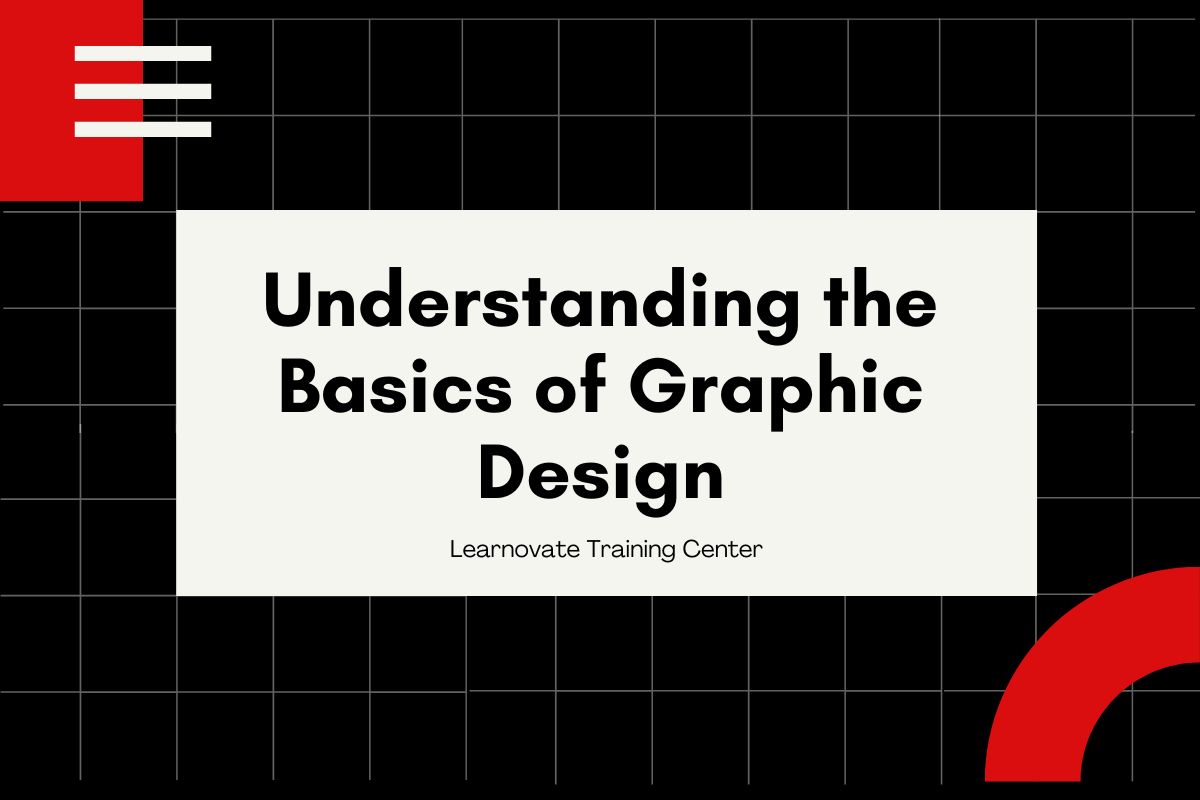Graphic design is a field that blends creativity with technology to communicate ideas visually. It is a versatile discipline that plays a crucial role in many industries, from advertising and marketing to entertainment and publishing. For beginners and those interested in learning about the basics of graphic design, understanding its fundamental concepts is the first step towards mastering this art form.
What is Graphic Design?
At its core, graphic design is the practice of creating visual content to communicate messages. Using typography, imagery, color, and layout, graphic designers craft visual compositions that convey ideas, evoke emotions, and inspire actions. Whether it’s a logo, a website, a poster, or a social media graphic, the goal is to make information visually appealing and easily understandable.
The Principles of Graphic Design
Graphic design is governed by a set of principles that guide the organization and arrangement of elements within a composition. These principles include balance, contrast, emphasis, movement, pattern, rhythm, and unity. Understanding these principles is essential for grasping the fundamentals of graphic design.
- Balance
- Contrast
- Emphasis
- Movement
- Pattern
- Rhythm
- Unity
Balance refers to the distribution of visual weight within a design. There are two types of balance: symmetrical and asymmetrical. Symmetrical balance involves mirroring elements on either side of a central axis, while asymmetrical balance uses different elements that have equal visual weight to create a balanced composition.
Contrast is about creating differences between elements to make them stand out. This can be achieved through variations in color, size, shape, or texture. Contrast helps to draw attention to key elements and enhance the visual interest of a design.
Emphasis focuses on making a particular element the focal point of the design. By using contrasting colors, larger sizes, or unique shapes, designers can highlight the most important part of their message.
Movement guides the viewer’s eye through the design. It can be created using lines, shapes, and colors that lead the eye from one element to another, ensuring that the viewer experiences the design gradually.
Pattern involves the repetition of elements to create a cohesive and organized design. Patterns can add texture and depth to a design, making it more visually engaging.
Rhythm is similar to pattern but focuses on creating a sense of organized movement within the design. It’s like the beat in music, providing a sense of consistency and flow.
Unity is about creating a sense of harmony and cohesion in the design. All elements should work together to create a complete and satisfying composition.
The Elements of Graphic Design
- Line
- Shape
- Color
- Texture
- Space
- Typography
The principles of graphic design are applied to the elements that make up a design. These elements include line, shape, color, texture, space, and typography. Understanding these elements is crucial for mastering graphic design fundamentals.
The line is the most basic element of design. Lines can be straight, curved, thick, thin, solid, or dashed. They can be used to create shapes, divide spaces, and guide the viewer’s eye.
Shape refers to the geometric or organic forms used in a design. Shapes can be circles, squares, triangles, or irregular forms. They are used to create structure and add interest to a composition.
Color is a powerful tool in graphic design. It can evoke emotions, convey messages, and create visual impact. Understanding color theory, including the color wheel, complementary colors, and color harmony, is essential for effective design.
Texture refers to the surface quality of an element. It can be tactile (how something feels) or visual (how something looks like it feels). Texture adds depth and dimension to a design.
Space (or negative space) is the empty area around and between elements in a design. Proper use of space can create emphasis, organization, and balance.
Typography is the art of arranging type to make written language legible, readable, and visually appealing. It involves selecting fonts, adjusting spacing, and aligning text to enhance the overall design.
Tools of Graphic Design
Graphic designers use a variety of tools to create their work. These tools can be traditional, like pencils and paper, or digital, like software and tablets. Knowing the right graphic design tools is a fundamental part of the process.
Popular graphic design software includes Adobe Creative Suite (Photoshop, Illustrator, InDesign), CorelDRAW, and Affinity Designer. These programs offer powerful features for creating and editing images, illustrations, and layouts.
Hardware tools include graphic tablets, which allow designers to draw directly into software, and high-quality monitors, which provide accurate color representation.
If you want learn about these tools then join the Learnovate graphic design Course to improve your designing skills.
Importance of Graphic Design in Various Industries
Graphic design is integral to many industries, influencing how businesses communicate and how consumers perceive brands. The importance of graphic design must be balanced, as it is a key component in various sectors.
In advertising and marketing, graphic design is used to create compelling visuals that attract attention and communicate messages effectively. From print ads and billboards to digital banners and social media posts, design is key to successful marketing campaigns.
In the entertainment industry, graphic design enhances visual storytelling. Movie posters, album covers, and video game graphics all rely on design to set the tone and capture the audience’s interest.
In publishing, graphic design ensures that books, magazines, and newspapers are visually appealing and easy to read. Layout design, cover art, and typography are crucial in attracting readers and conveying information.
In corporate branding, graphic design helps companies create a consistent and memorable brand identity. Logos, business cards, packaging, and websites are all designed to reflect a company’s values and appeal to its target audience.
In the digital world, graphic design is essential for creating user-friendly and visually appealing websites and apps. UI/UX design focuses on optimizing the user experience through thoughtful design.
Conclusion
Understanding the basics of graphic design is the first step towards creating visually compelling designs. By mastering the principles and elements of design, familiarizing oneself with essential tools, and recognizing the importance of graphic design in various industries, beginners can build a strong foundation for a career in this dynamic field. Whether you’re looking to design your projects or pursue a professional path, the world of graphic design offers endless opportunities for creativity and expression.
Graphic design basics are not only essential for creating beautiful and functional designs but also for communicating effectively in today’s visually-driven world. By learning the fundamentals of graphic design, you can start your journey toward becoming a skilled and successful graphic designer.













